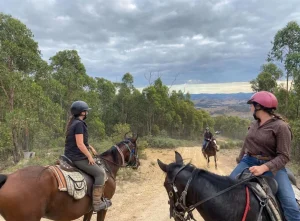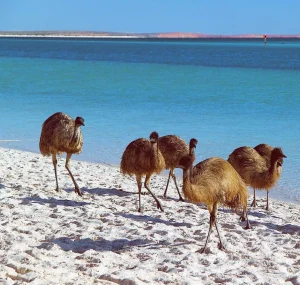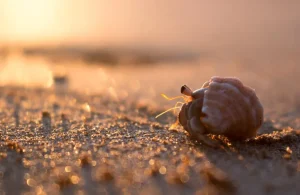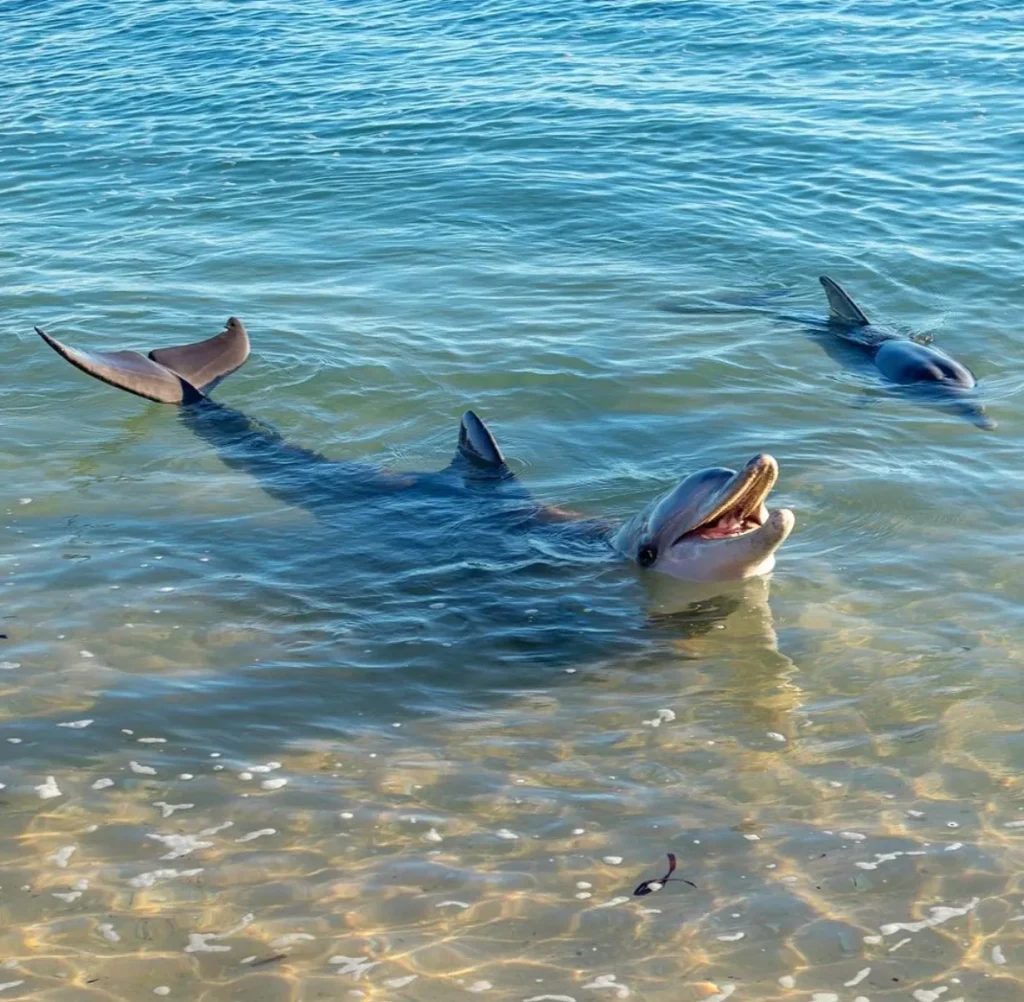
Monkey Mia is situated in Shark Bay on the western coast of Australia. While mainly known for stunning coastal views, it has also cemented its place in marine conservation. The unique dolphin experiences offered in this location make it a commendable attempt toward merging eco-tourism and conservation. Whats more, the commitment to restoring the variety of marine conditions further stresses the need for preservation of the wealth of sea life and natural characteristics found in this UNESCO World Heritage Site.
The Importance of Shark Bay Ecosystems

The ecosystems of Shark Bay are vital in sustaining the marine environment in Western Australia. This unusual region consists of a few conservation reserves, namely, the Monkey Mia Reserve, Shark Bay Marine Park, and Dirk Hartog Island National Park. Home to the largest seagrass meadows in the world, this area supports an amazing variety of species such as Green Turtle, Loggerhead Turtle, various dragon lizards, and many more. Such healthy seagrass beds are indeed supportive of most marine animals but are also involved in marine ecological processes that enhance the general health status of the wider marine environment.
Unique Marine Biodiversity
The underwater and coastal biodiversity of Shark Bay is unique in its coverage and richness. This area hosts more than 320 fish species including the bottlenose dolphin, as well as migrants such as the Humpback Whales and Southern Right Whales which make Shark Bay important in their migratory routes. In addition to seagrass distributions, the favourable deposition of dome formations like those in Hamelin Pool add to the activities of the Bay. These attributes support convolutions and visions of many creatures such as the sea and the land Manta rays and many parts of reptiles.
UNESCO World Heritage Status
The inclusion of Shark Bay into the list of World Heritage site under UNESCO in 1991 makes the importance of this particular area evident. The status recognizes the extraordinary natural wonders of Shark Bay and its importance to the conservation of the rare species on earth. This kind of designation provides support for a variety of actions aimed at the protection of the boundaries of the designated zones including the management of the Monkey Mia Conservation Park and of the larger Shark Bay Marina Park. It is essential to safeguard and enforce these protected areas managed by government authorities and struck with local communities.
The History of the Monkey Mia Dolphins
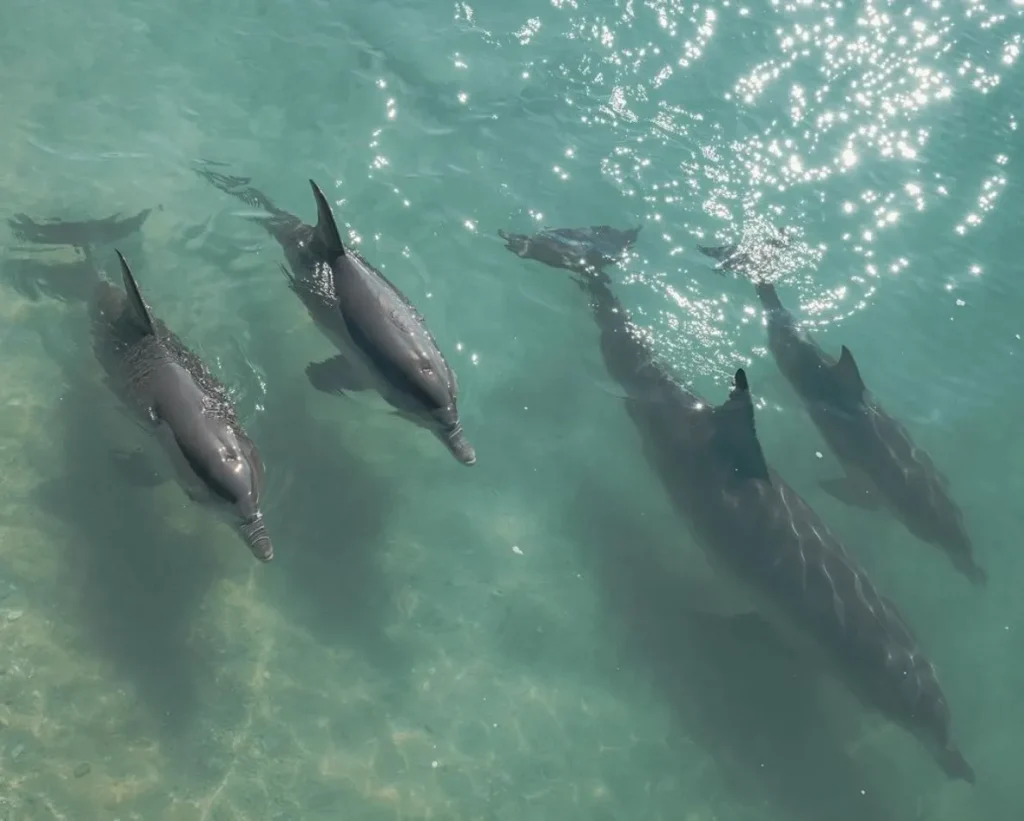
To appreciate the conservation objectives in this area, it is imperative to trace the story of dolphins at Monkey Mia. In the 1960s local fishermen started to notice wild dolphins which are chiefly bottlenose dolphins surfacing to their boats. This was the beginning of what would evolve to become the famed Dolphin dolphin area, Monkey Mia. By the 1980s, the practice of formal dolphin feeding was developed and has no doubt allowed the voyeuristic side of dolphin viewing to a new level whilst encouraging the embedding of these animals within the society.
The Monkey Mia Dolphin Experience
Feeding the dolphins is a most treasured award: the Monkey Mia Dolphin Experience provides exceptional chances for on-site interaction with sea mammals by the tourists. This program, with its inclusion of dolphin feeding, reinforces the positive impact of such tourism on wildlife. In managed Contact, the program attempts to inform the public on dolphins and the requirements to conserve them. It also fulfills the dolphin conservation program aims including research on female and calf dos of commercial fishing pressures and feral animals.
Monkey Mia’s Dolphin Interaction Program
The purpose of Monkey Mia’s Dolphin Interaction Program is to protect the dolphins and educate visitors in a constructive manner. This program is also an important element within a more comprehensive rehabilitation strategy for Shark Bay emphasizing the welfare of the dolphins and the sustainability of their environment. Effective measures are taken to ensure that the interaction guidelines do not interfere with the normal activities of the dolphins or worsen the human influences on such habitats.
History and Development

The evolution of Monkey Mia as an environmental and tourism site has changed from the 1960s. At first, it was an area under pastoral lease that was not easily accessible. This was followed by a gradual realization of the biodiversity importance of the region, which culminated in establishing legally bounded conservation areas. Such a development underscores a larger trend towards legal protection and conservation of areas while marking the change in status of Monkey Mia in the conservation of Australia’s marine and coastal areas.
Conservation Goals and Achievements
For Monkey Mia and Shark Bay, the conservation objectives are aimed at maintaining the peculiar attributes of marine and terrestrial ecosystems in the region. All aspects of the project including management of the marine environment, protection of dolphins and retention of natural attributes such as large sandy beaches and coral reef structures have been organized. The conservation efforts further provide remedial measures and reduces or limits damage incurred by human factors such as fisheries and trawling by adopting better practices and monitoring the status of the seas.
The Role of Education and Research
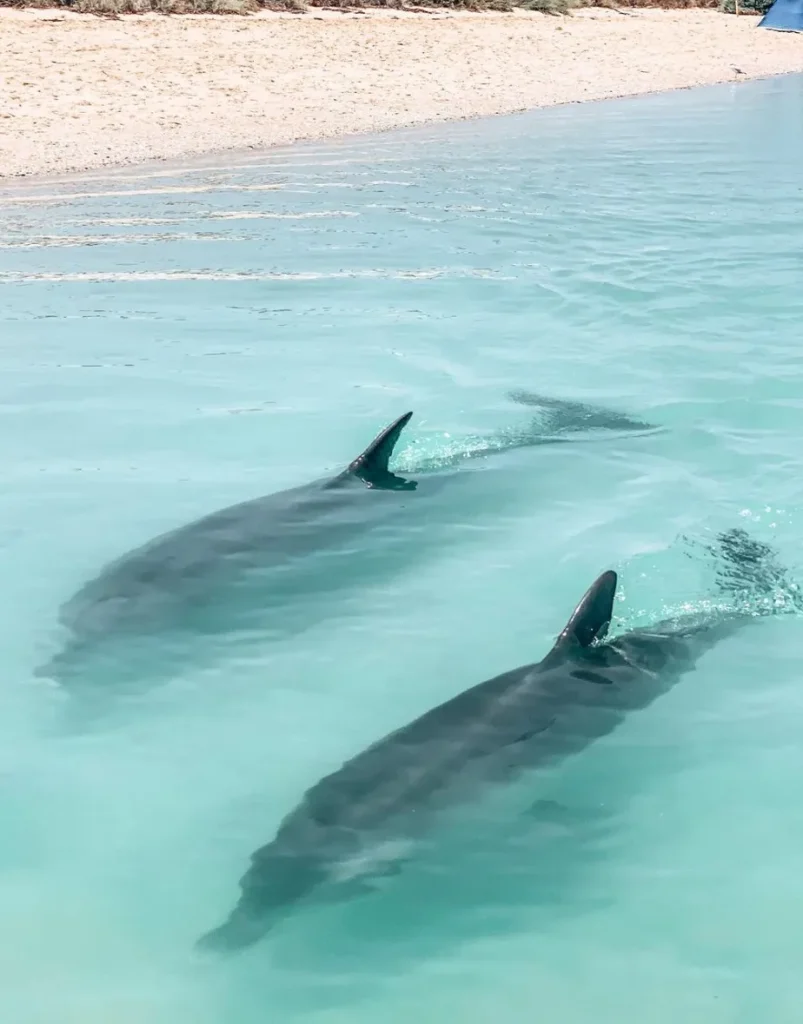
Constituents such as Education and Research at the site level are of necessity within context of Monkey Mia conservation strategies. Common marine species such as the bottlenosed dolphin and lagoon species in these projects also study hydrobiological aspects of the impact of hyper-salinity hypoxia as well as other factors. Such research is essential in advancing some biological challenges as well as putting forth good management practices. Moreover, such educational programs also promote knowledge regarding the value of natural features, various marine organisms and means to eliminate threat to them.
Conservation Challenges and Solutions
While there have been a few successes, there are concerns over further conservation. Threats include the effects of industrial activities like commercial fishing, and the existence of feral animals that present a risk to the native biota. There are no easy solutions and one needs to put in place a framework of rules and regulatory measures in conjunction with community participation and some creative thinking. For example, controlling the effects of trawl fisheries and decreasing the strain from pastoral stations can be seen as the positive moves that help maintain the future viability of the ocean environment as well.
Environmental Threats
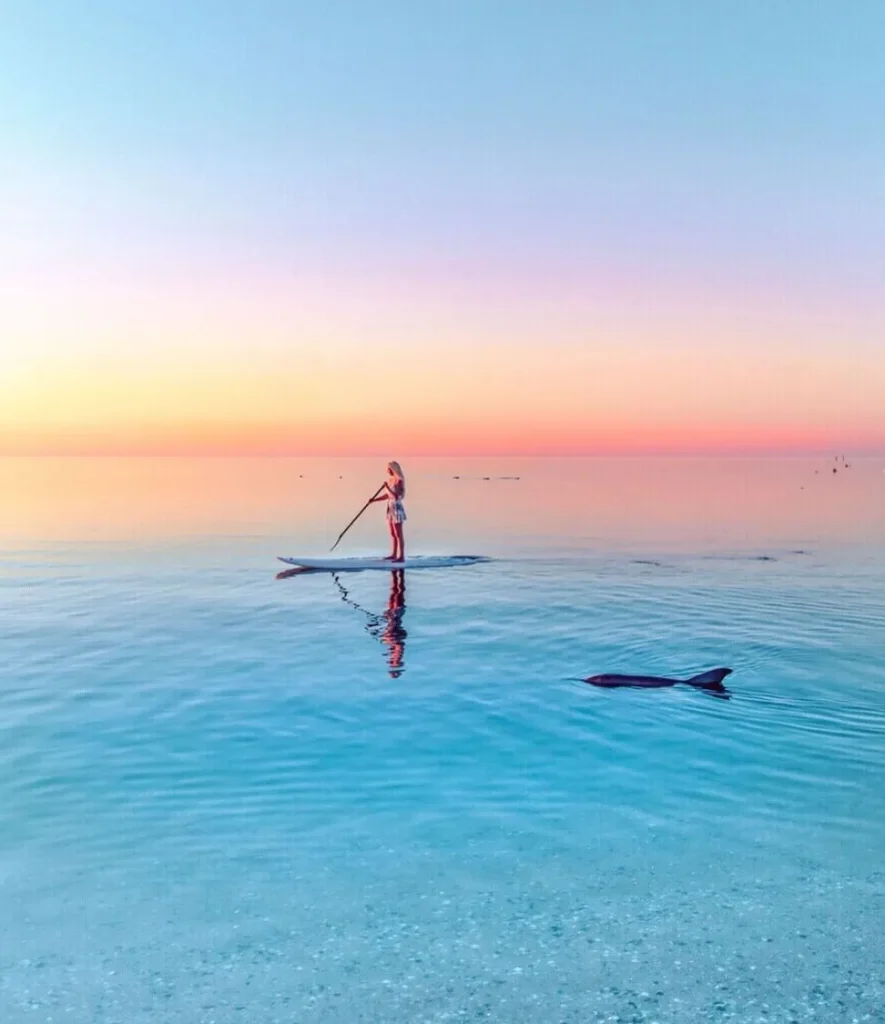
Conservation within the Shark Bay area, which is characterized as being hypersaline, has distinctive features. There is a need to elaborate on the nautical zone to make sure that the activities that people do in the region to not harm the life that exists. Habitat loss and fragmentation, pollution and global warming are primary environmental issues faced in the region. To tackle the threats such as these, there is a need to assess the conditions of the ocean health and take preventive actions to to threat harbors to many fragile components of the ecosystem. Few operators run the course Monkey Mia from Perth.
Preservation of Natural Features
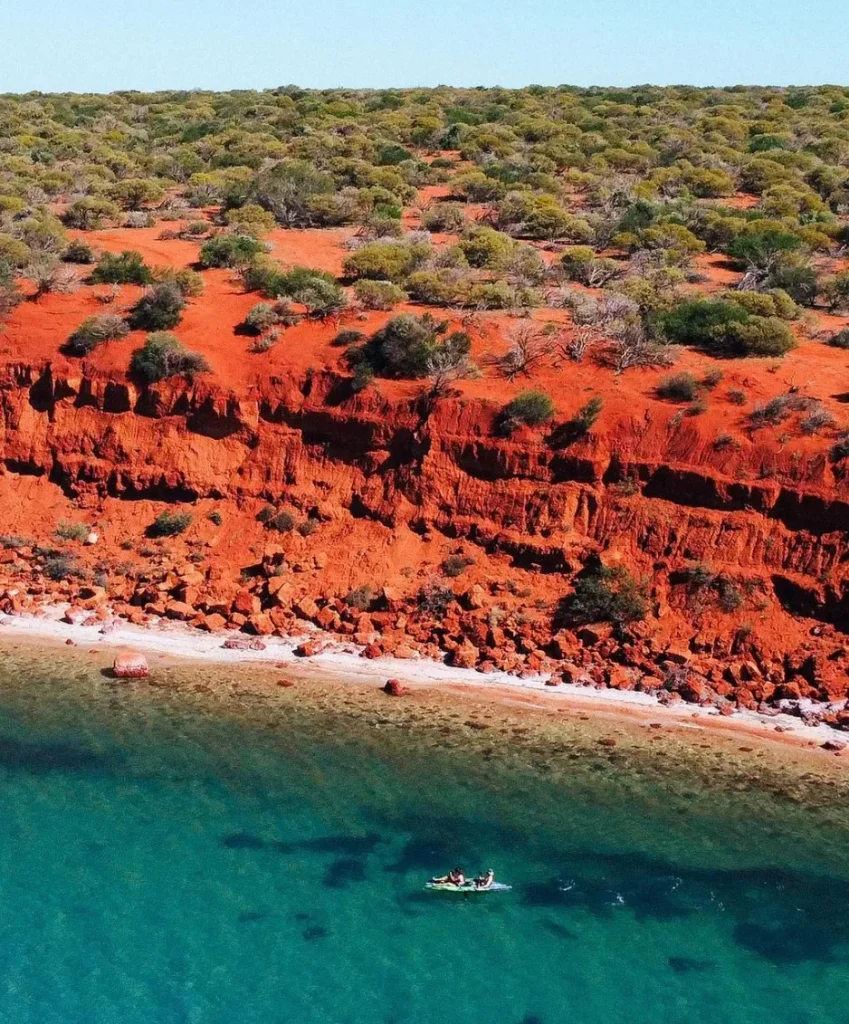
The conservation of Shark Bay’s natural features, in particular its numerous past and present marine organisms as well as its large other deposits, is encouraged. This includes safeguarding critical areas like Dorre Islands and Zuytdorp Nature Reserve and ensuring that restrictions on conservation tenure are obeyed completely. In respect of the aims of the established objectives biased strategies are adopted to ensure protection of the area’s beautiful biological characteristics and settle combined management.
Conclusion
Standing as a model of marine conservation in Australia, Monkey Mia illustrates the harmonious relationship between eco-tourism and conservation initiatives. This place’s efforts to conserve its original fauna and effective management of the available natural resource serves as a blueprint for others managed conservation areas. In working to resolve the problems of conservation, raise the awareness of the population, and care for the natural characteristics of Shark bay, Monkey Mia has a great future in marine conservation.
FAQ
What are the unique features of Shark Bay as an ecosystem?
What is it about Shark Bay that is so special. It has some relatively untouched features such as the dome-shaped structures located in Hamelin Pool that supports variety marine life including the largest seagrass meadows in the world. Many varieties of marine life exist due to the oceanic convergence point where temperate and tropical waters meet.
How do visitors and dolphins interact at Monkey Mia?
The interaction with dolphins is achieved through an organized dolphin feeding program at the Monkey Mia resort. Such interaction enables the visitors to get a close view of the activity of the dolphins without endangering them or their environment.
What are the conservation goals in Monkey Mia?
The purposes of the conservation measures taken are that of maintaining the health of the marine environment, increasing the number of dolphins as well as sustaining the landscape of the area. There is also de-emphasis on negative influences from people’s actions and even looking for ways to deal with future challenges.
Why is education important for protecting Monkey Mia?
Education is fundamental to the conservation activities in Monkey Mia because it provides knowledge on the conservation of the ocean and marine creatures and studying their behaviors. Research and education activities produce information that assists the public and facilitates management.
What are some of the conservation challenges facing Shark Bay?
Shark Bay faces successfully overcoming various handicaps from the threats of commercial fishing, feral animals and climate change. Nevertheless, appropriate management strategies and regulatory frameworks are defined in addressing such bottlenecks for the sustainable healthy state of the marine ecosystem.

